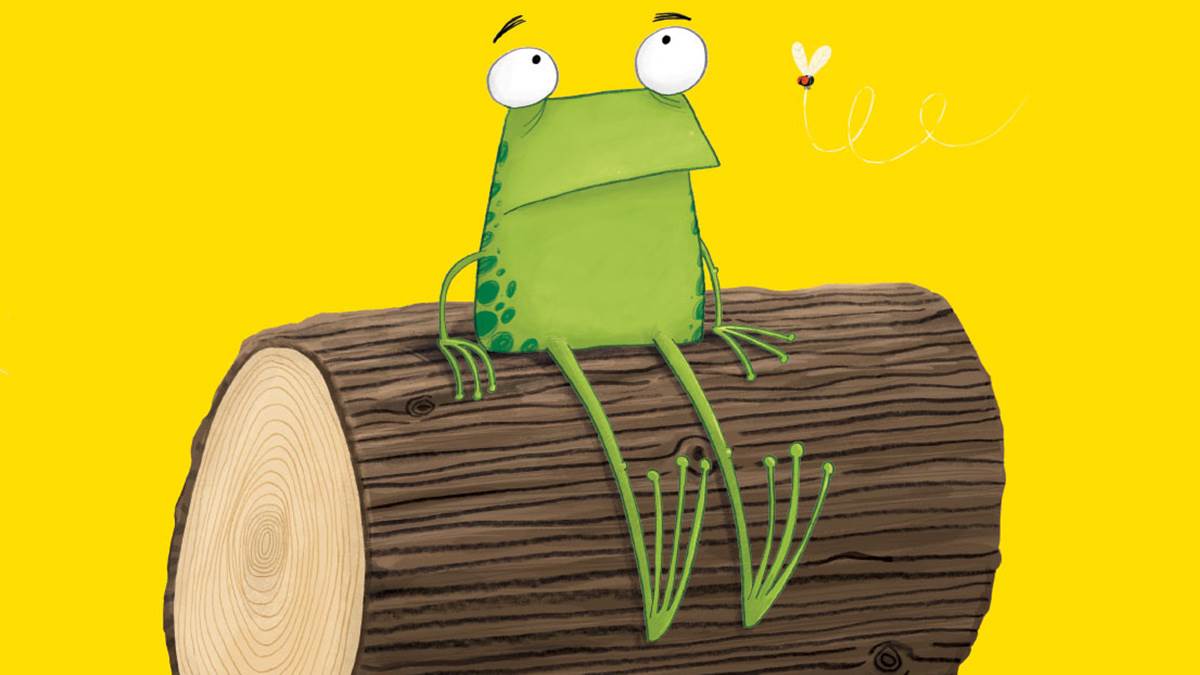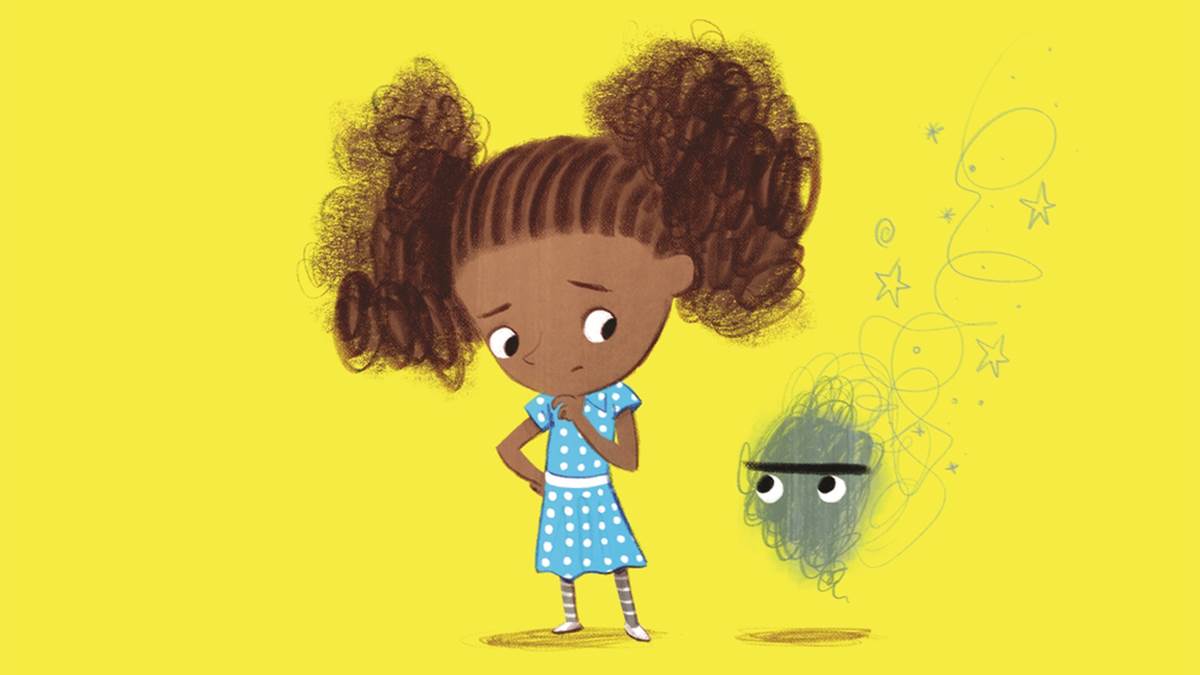Six ways to help toddlers progress from board books to picture books
Published on: 08 November 2021
Eleanor Wharton, Senior Editor at Little Tiger, is currently making the transition from board books to picture books with her own curious little 3 year old. Here are some top tips to help little ones along the way...
 Eleanor Wharton and her son
Eleanor Wharton and her son
If you sense your child’s curiosity is no longer piqued by board books and they need more complex narrative to stimulate their learning experience or they’re interested in discovering more about a particular topic, it’s time to usher in the era of the picture book... and what an exciting era it is!
Bear in mind it’s important that they’re ready for it, and that you gently encourage their reading skills so as not to overwhelm them.
There is a plethora of fabulous picture books on the market, so how do you know which ones to choose? Here are some top tips to help you pick the right ones for this important transition.
Familiar characters and stories
 Elmer, by David McKee
Elmer, by David McKee
Our first tip would be to find picture books your child is already familiar with, ones that exist as board books they know and love. Classics that work well are The Very Hungry Caterpillar, the Elmer series, Dear Zoo and the Spot series of picture books (Spot's First Walk, Spot's Birthday Party, Spot Goes to School etc). These stories tend to span the age range narrative-wise and in the case of Spot introduce ‘first experience’ moments, which is why they are provided in both formats bridging the gap comfortably between board and picture book.
A familiar story will be comforting to your child, giving them confidence whilst also providing them with a gateway into the imaginative world of picture books.
Books with few words but bigger concepts
 I Want My Hat Back, by Jon Klassen
I Want My Hat Back, by Jon Klassen
To start with choose books with fewer words to hold their attention. Good Night, Gorilla and The Snowman are great examples of this, leading the child on an imaginative journey but with a sparse word count to gently introduce them to a more complex storyline. Once confidence is gained, they could progress to a higher but still limited word count with titles like Stuckby Oliver Jeffers and the hilariously deadpan I Want My Hat Back by Jon Klassen, which will get the adult reader giggling alongside their younger counterpart.
Interactive picture books
 You Choose by Pippa Goodhart and Nick Sharratt
You Choose by Pippa Goodhart and Nick Sharratt
Books with simple to grasp concepts such as You Choose go down well with toddlers as the interactive element grabs their attention; they can point things out about the world they already know– a forest, a volcano, a city, a desert – which empowers them whilst at the same time encourages them to discover new words. Interaction is a great way to ignite their imagination, and this is also why books like We're Going on a Bear Hunt are absolutely perfect for this age group. They understand the simple story but they also get to act out the hunt and repeat the delicious sounding words (Stumble, trip. Squelch, squerch!) and repetitive phrases.
Rollicking, rhyming picture book reads
 Oi Frog! by Kes Grey and Jim Field
Oi Frog! by Kes Grey and Jim Field
Likewise, rhyming books are brilliant for little ones’ minds because they like predictability and find them fun to repeat, especially if they’re humorous. Good examples of funny rhyming tales to spark your toddler’s imagination are Giraffes Can’t Dance, the Oi Frog & Friends series, Rhyme Crime, Room On The Broom and the Poo In The Zoo series. Another great example of rhyming fun is the Ten Minutes To Bed series by Puffin, which does exactly as it says on the tin, helping little ones settle down for bedtime with a delightful, lullaby-like countdown to send them to sleep.
Books about emotions
 Ruby's Worry by Tom Percival
Ruby's Worry by Tom Percival
At this point in their growth cycle it’s likely that they’re grappling with unfamiliar emotions, so books that cover these subjects with easy to understand stories like Augustus and His Smile, Feelings and Ruby’s Worry from the Big Bright Feelings series by Tom Percival, will all help your toddler make sense of the confusing world around them.
Picture books everywhere!
Lastly, if you’re failing to capture your toddler’s attention for more than five minutes, you can always take advantage of times when they are a captive audience, like when they’re in their highchair or in the car seat. Encourage reading everywhere, even make a reading corner in the room where you can have their favourite new picture books piled high. We’d encourage you to find any opportunity you can to ignite their imaginations with picture books – as the foundation of their life’s reading experience this initial reading experience will most likely pave the way for a love of books in the future (no pressure!).
And if none of these wonderful books hit the mark and you’ve got a little genius on your hands who needs those grey cells tickled more than average, then there’s always Quantum Physics For Babies...
Have you got a favourite picture book for little ones? Tell us in the comments or tweet us @BookTrust!
Topics: 0-1 year, 2-3 years, Board book, Picture book, Early learning, Features

Add a comment